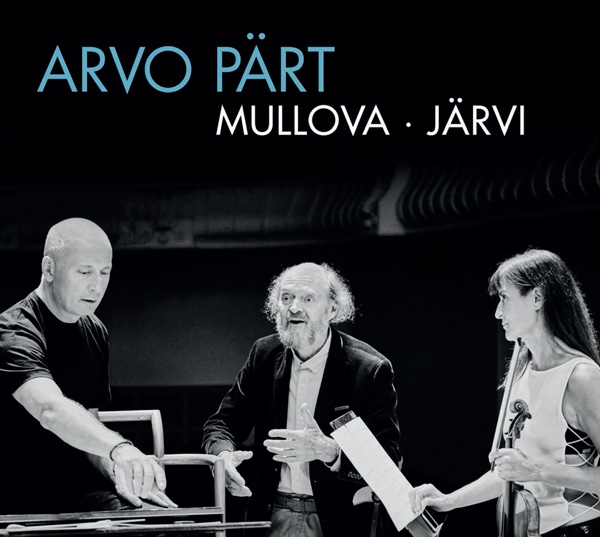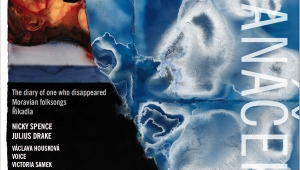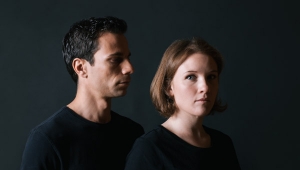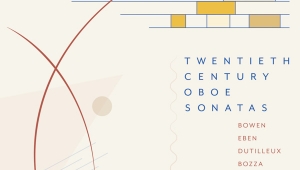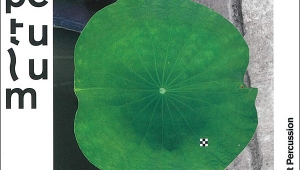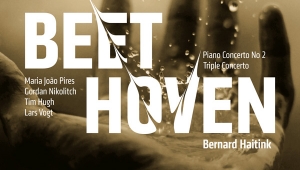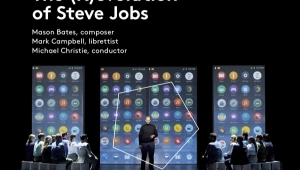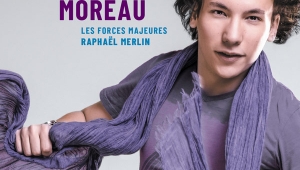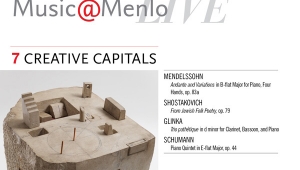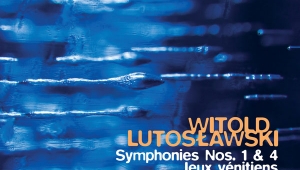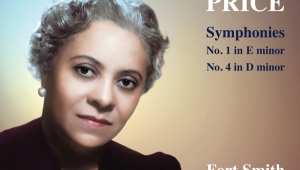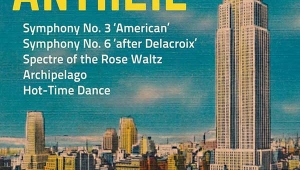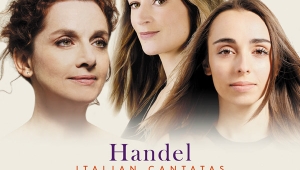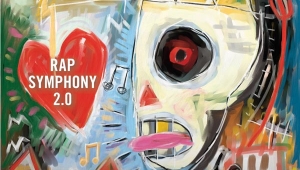| Columns Retired Columns & Blogs |
I cannot imagine there is anyone out there who loves symphonic music or any other music, who hasn't heard it in some form or another. I knew of this project, guess it's done, time to pull out the credit card and get it even though I own all of the performances played through Kremer, Shahan etc. But it's such beautiful music that it deserves even more interpretations than currently in the catalogue.
